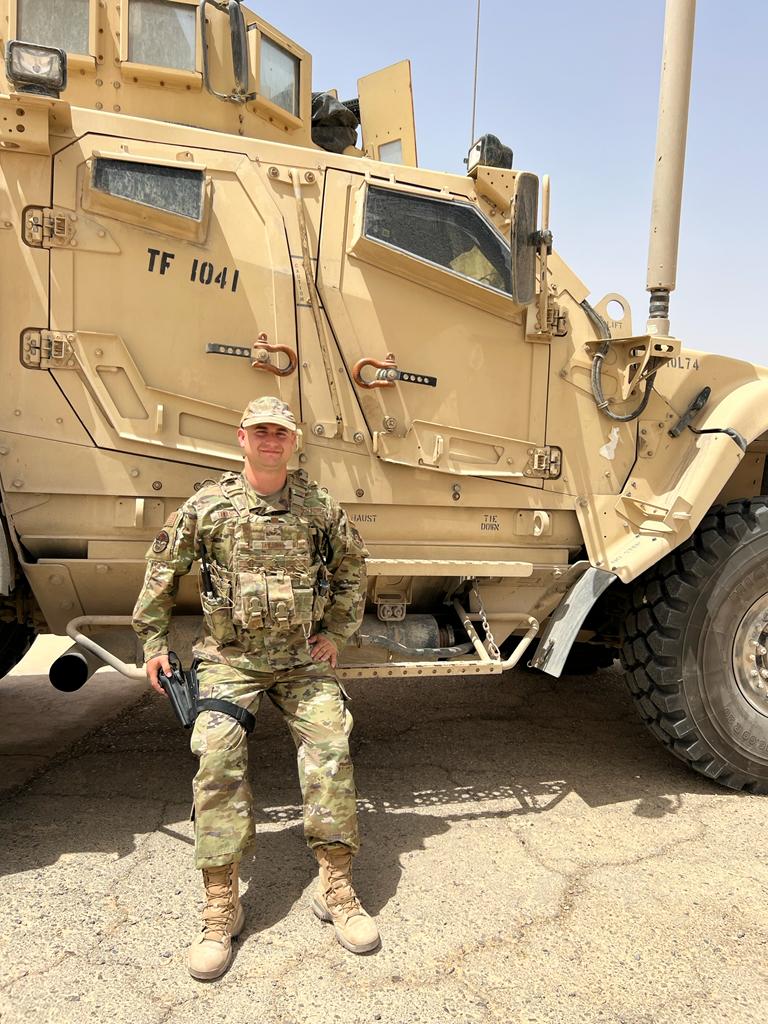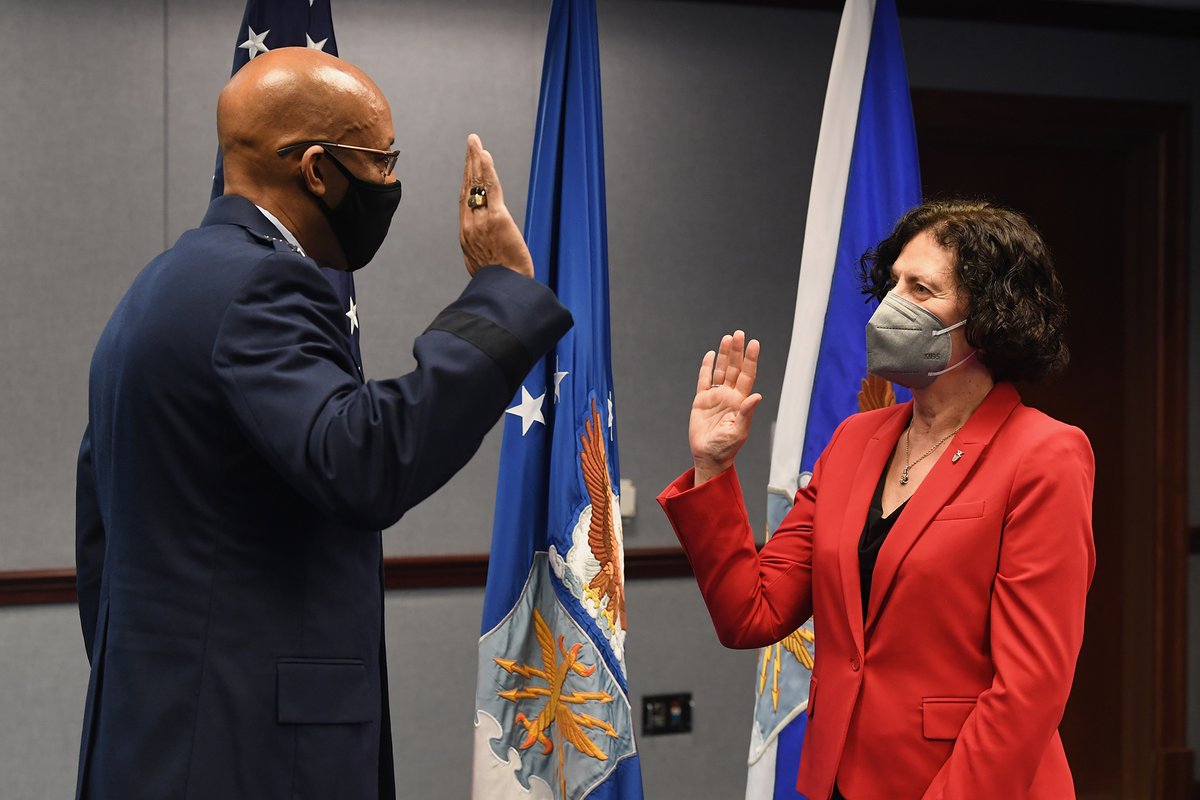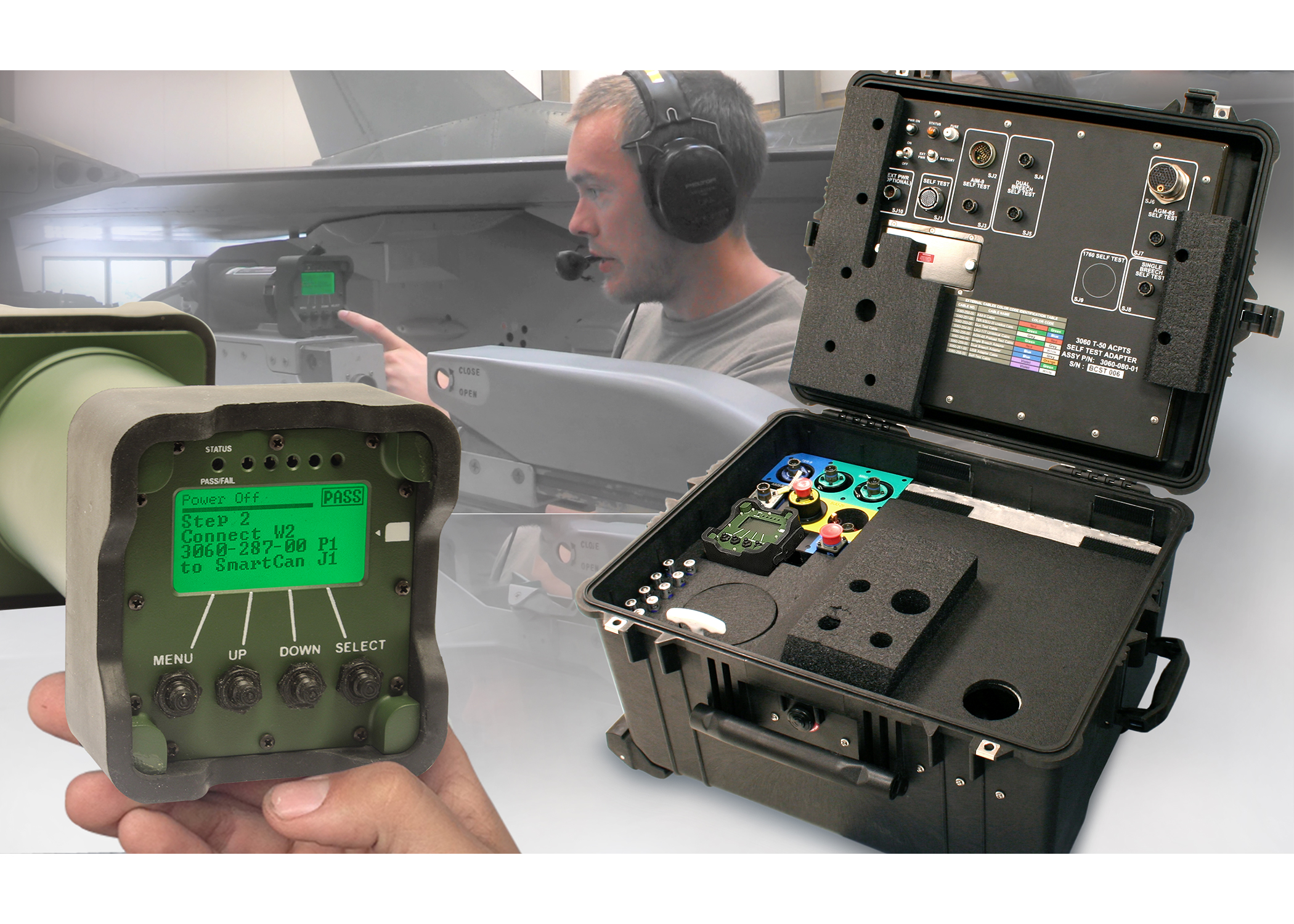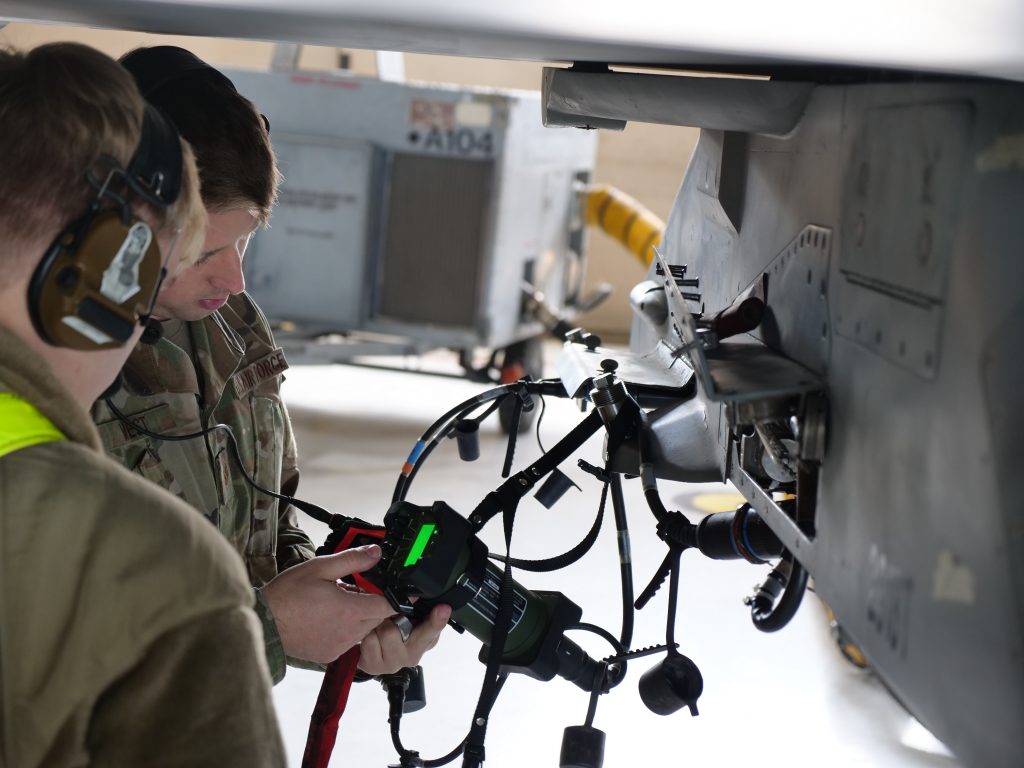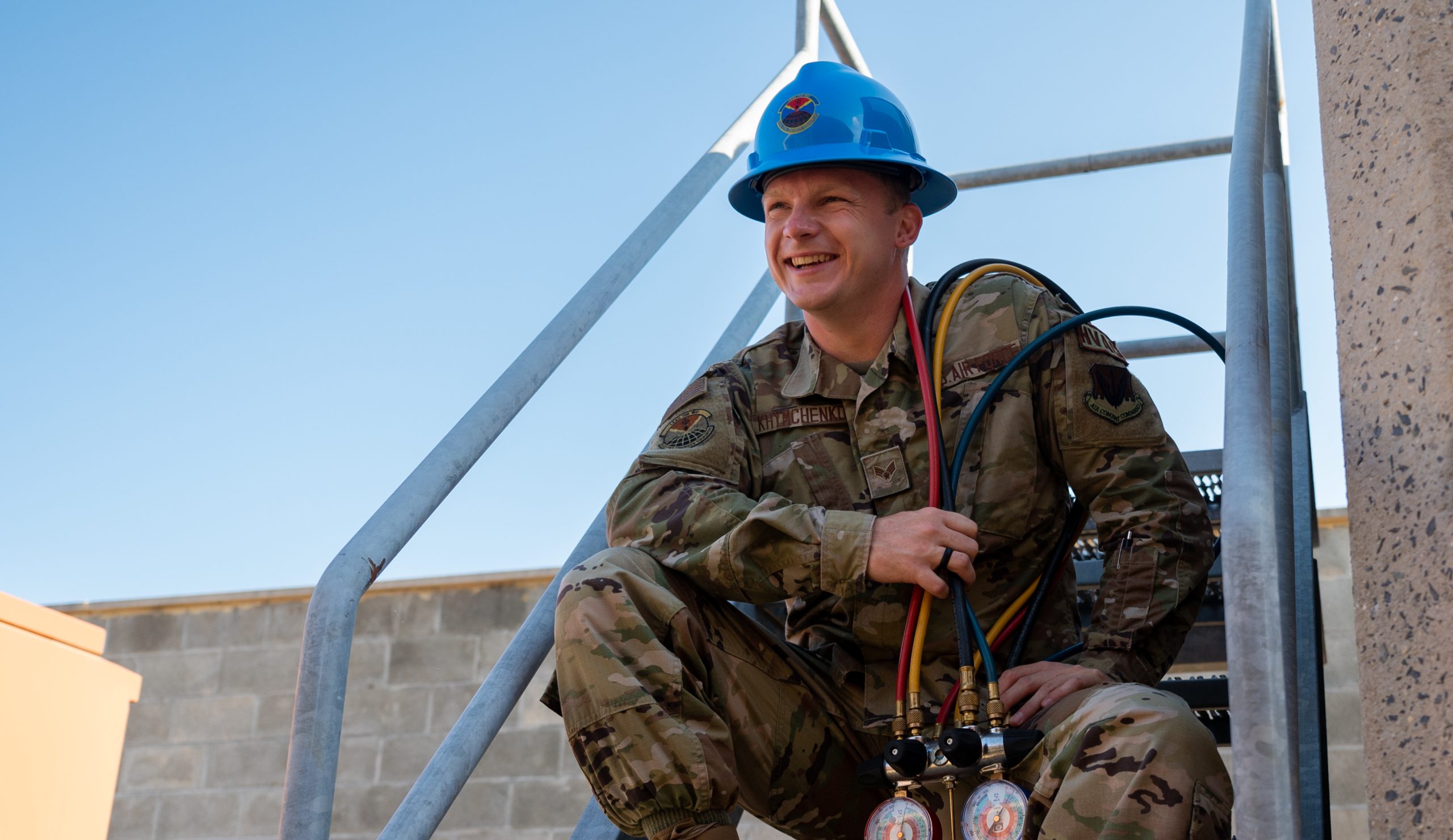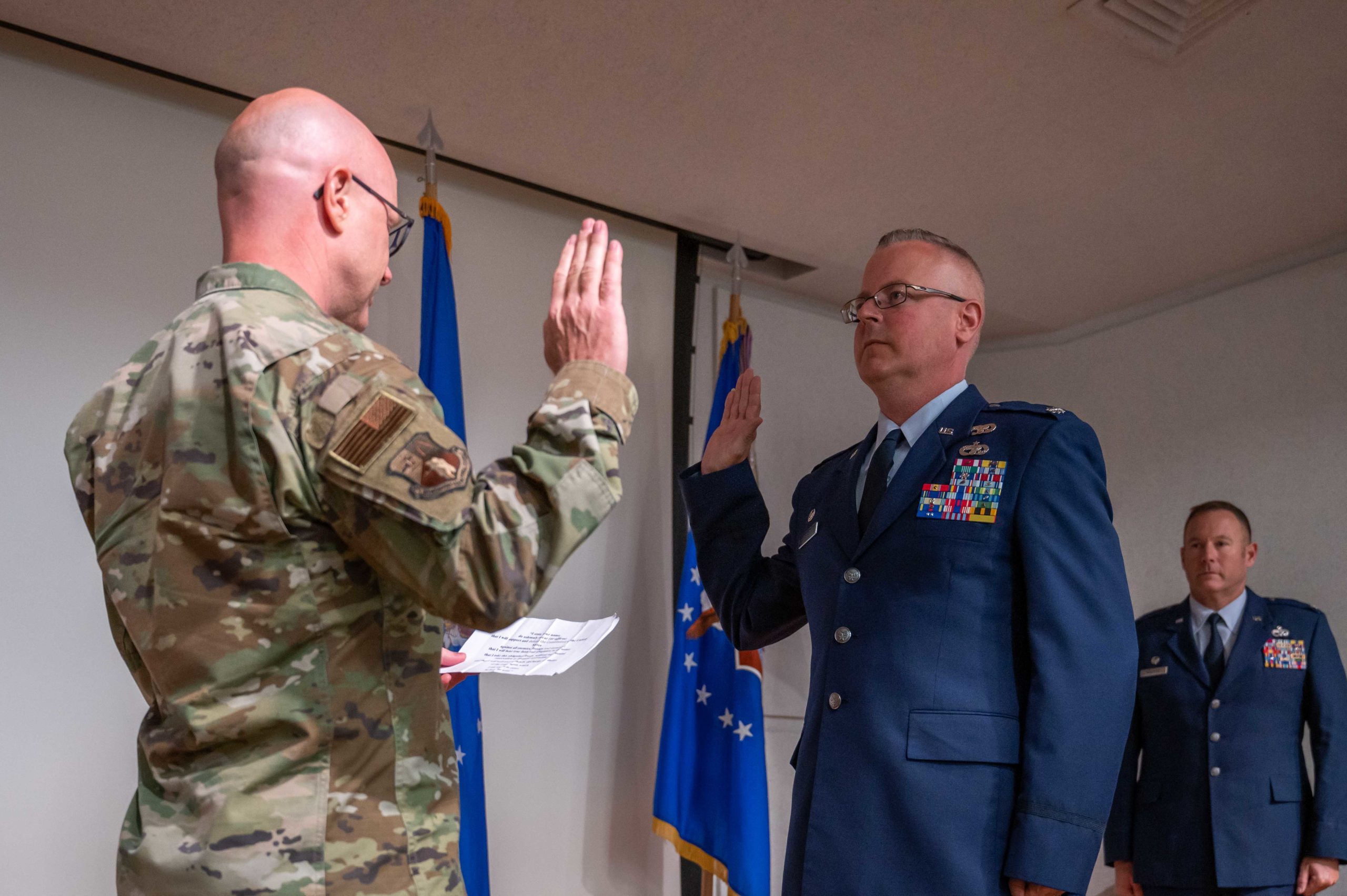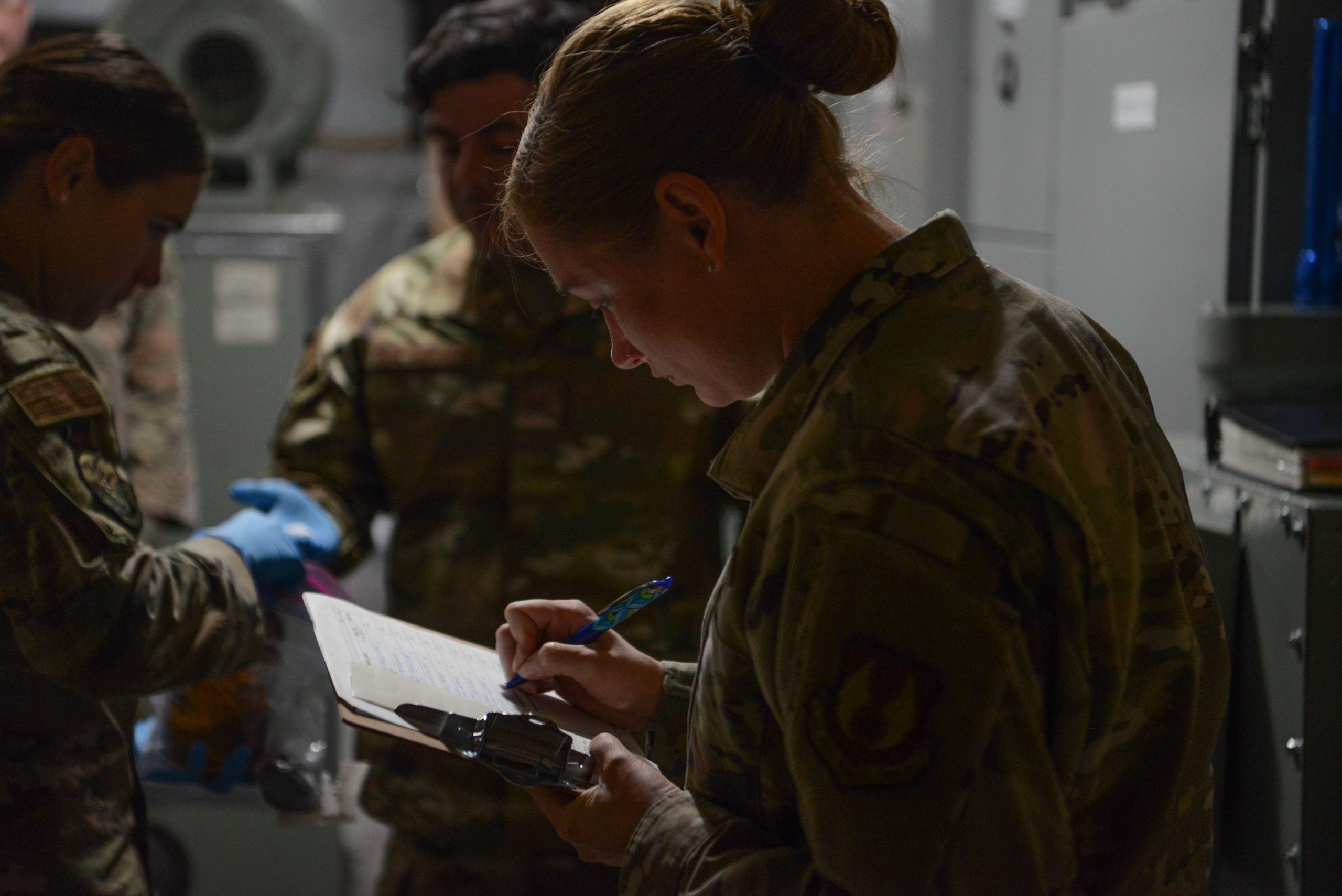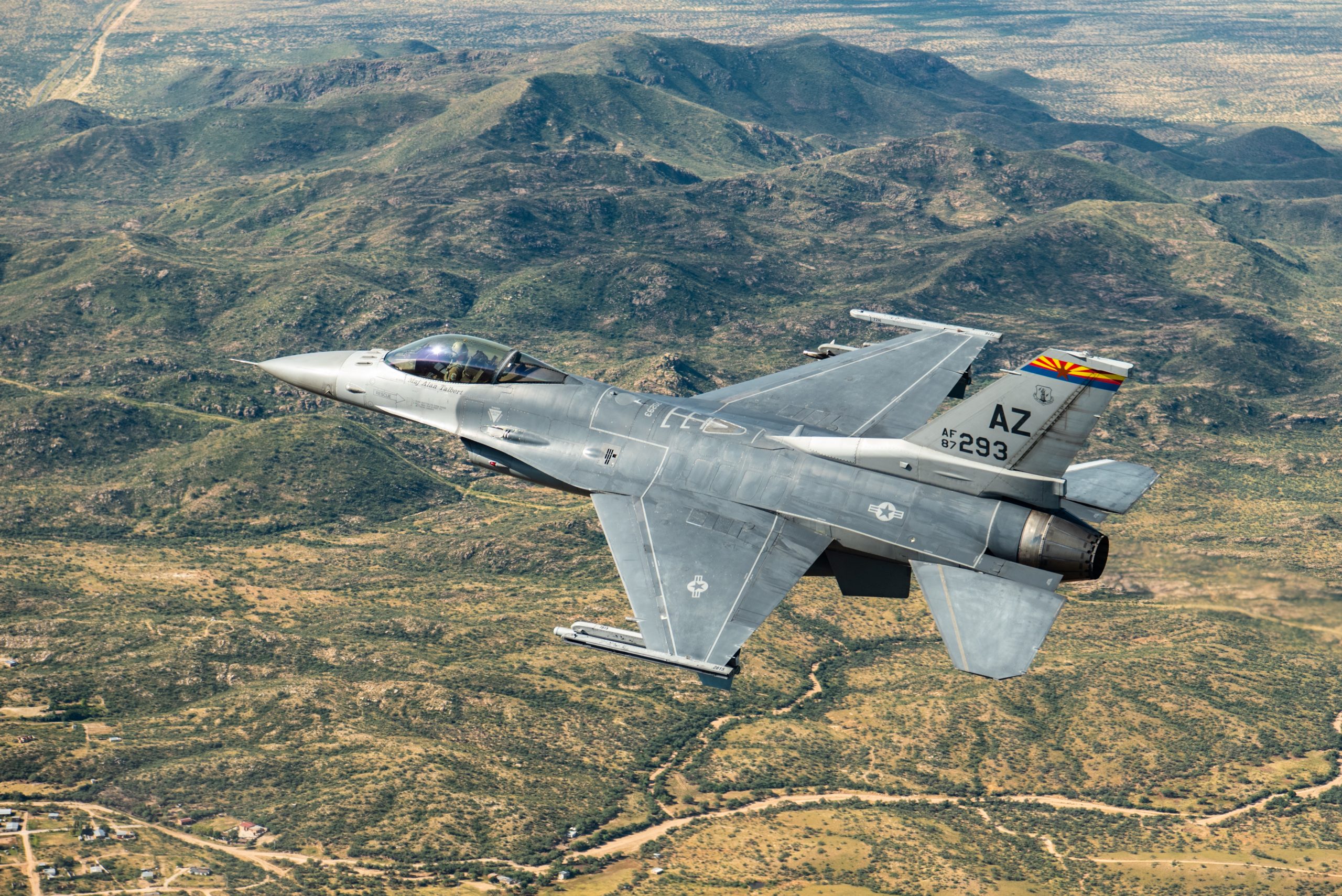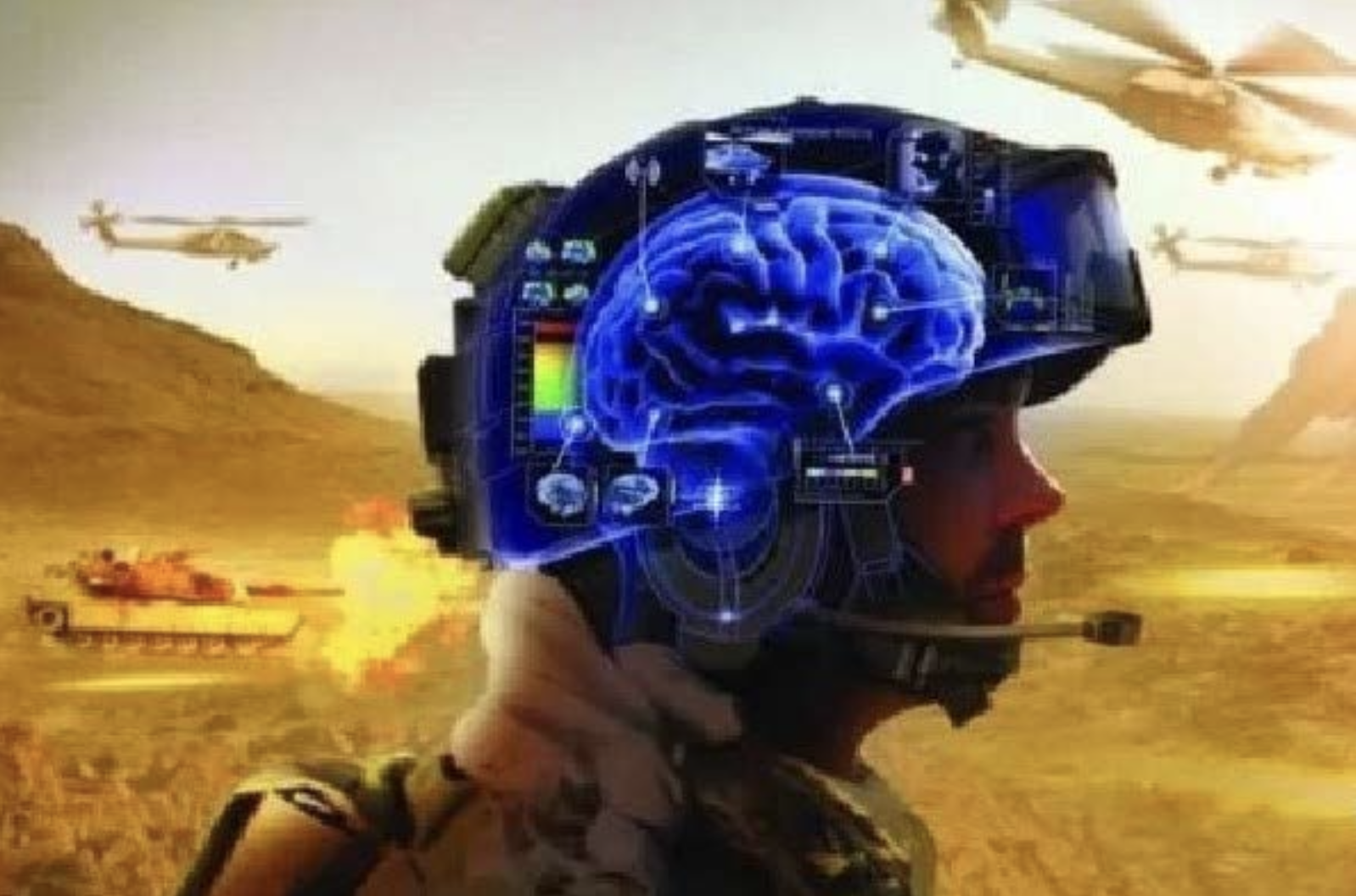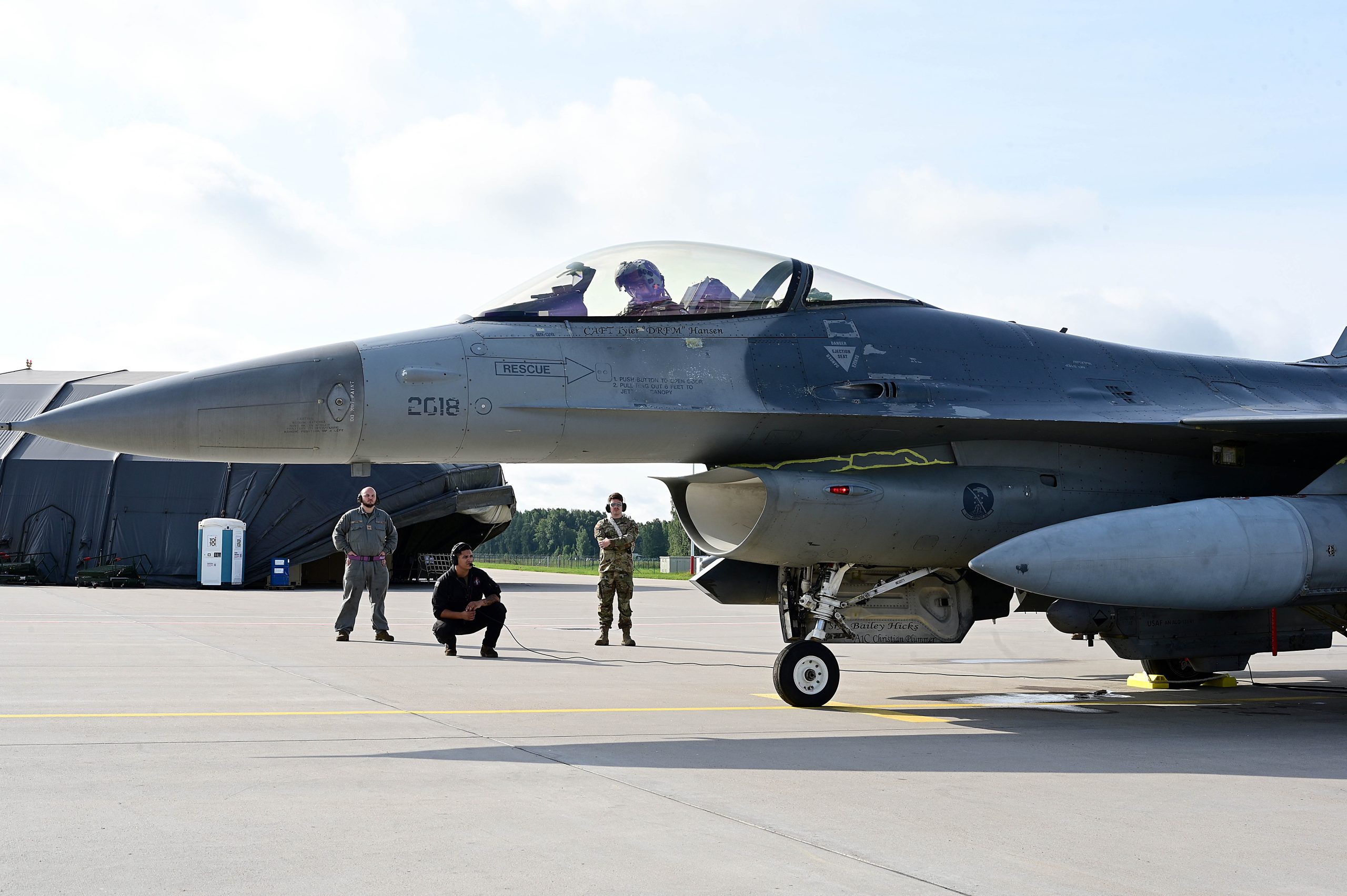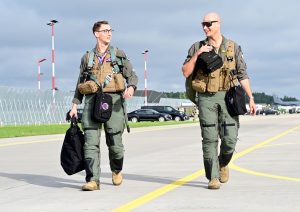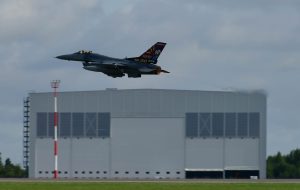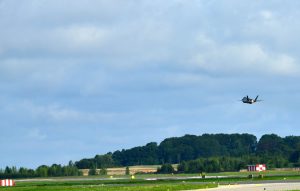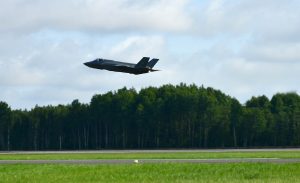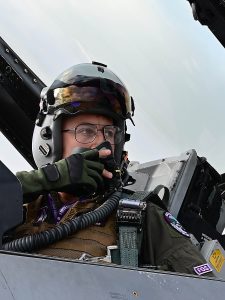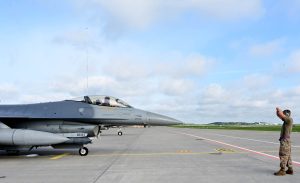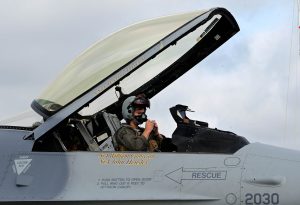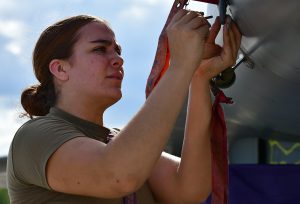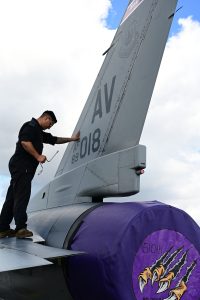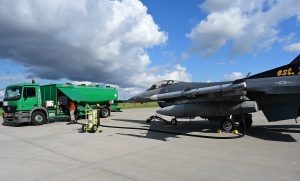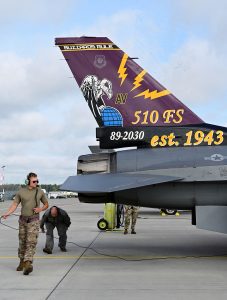The Air Force’s 12 Outstanding Airmen of the Year for 2023 will be formally recognized at AFA’s Air, Space & Cyber Conference from Sept. 11-13 in National Harbor, Maryland. Air & Space Forces Magazine is highlighting one each weekday from now until the conference begins. Today, we honor Senior Airman Jacob Tawasha, a Fire Team Leader for the 349th Security Forces Squadron at Travis Air Force Base, Calif.
Tawasha is a first-generation Arab American—his parents immigrated to the U.S. from Al-Karak, a small village in south Jordan, and he grew up learning Arabic from his mom. When he enlisted with the U.S. Air Force in 2019 and joined the 349th Security Forces Squadron at Travis, he had no idea his dual-language skills would end up breaking barriers during a deployment to the Middle East—much less, that he’d be teaching English to Jordanians to improve coalition interoperability.
“Once I heard that we were deploying to that area, I kind of got excited,” Tawasha said. “[But] I didn’t know going into this deployment that I was going to be so helpful … I thought I was just gonna go there and sit at a gate and check IDs for 12 hours a day. But that was not the case.”
Deployed to support Operation Inherent Resolve in 2022, Tawasha worked with a team to secure over 50 combat aircraft valued at more than $6 billion dollars. During his deployment, his bilingual skills resolved a longstanding border issue that had been preventing U.S. Air Force and Army convoys from transporting equipment between installations in neighboring countries.
“The Air Force and Army tried to [cross the border on the ground] multiple times before me, [but] the neighboring countries would deny them,” he said. “When they brought me along, what changed the whole game was me being not only an interpreter, but me being a first-generation Arab American. I was able to tell them, ‘hey, you know, it’s okay. This is what we’re doing, this is what we’re here for, and that’s why we’re transporting these items across the border to the base that’s already in your country.’”
With Tawasha’s help as a lingual intermediary, 11 convoys were able to cross international borders without delay or conflict. He was also selected to provide security for Exercise Agile Lion, safeguarding more than 100 personnel and protecting more than $2 billion in Air Force assets.
While deployed, Tawasha’s duty schedule was three days on, one day off. He volunteered 28 hours of his off-duty days to teach Arabic and English to Jordanian, German, and U.S. personnel at an undisclosed location.
“It’s hard to communicate and teach someone another language if you don’t know their primary,” Tawasha said. “I was able to break that and say, ‘Hey, let’s change up the training material and let’s do it like this.’”
By speaking the same language as the Wing’s Jordanian partners, Tawasha was able to directly improve the interoperability between U.S. forces and their allies working together on a single installation.
“When [our international partners] have someone in uniform speaking their language, that [tells] them, ‘Hey, you know what, they have a lot of cultural differences, they know what we’re about, because they understand our culture if they can speak our language,’” he said. “It shows them that we truly care and that we can trust one another.”
The 2023 Outstanding Airman of the Year award is not the first time Tawasha has been recognized for showing talent as a Multi-Capable Airman. Across 25 assignments and patrols, he was recognized by the Company Grade Officers’ Council’s “Above the Bar Award,” the First Sergeant Council’s “Diamond Sharp Award,” and was a two-time “Defender of the Month.”
Tawasha said that his drive throughout all these accomplishments comes from a place of simplicity, humility, and hunger to set new goals—three qualities modeled for him by his parents.
“My [parents] grew up in a very poor environment,” he said. “My mom grew up with 10 other siblings in a one-bedroom apartment. So growing up, when my mom and dad explained these things to me, they wanted me to perform better both on the civilian side and when I joined the military side, and to better myself, so I can be better to them, for them—they didn’t immigrate to this country for me to slack off. I’m here to get the job done and to put my name out there for them.”
Meet the other Outstanding Airmen of the Year for 2023 below:
